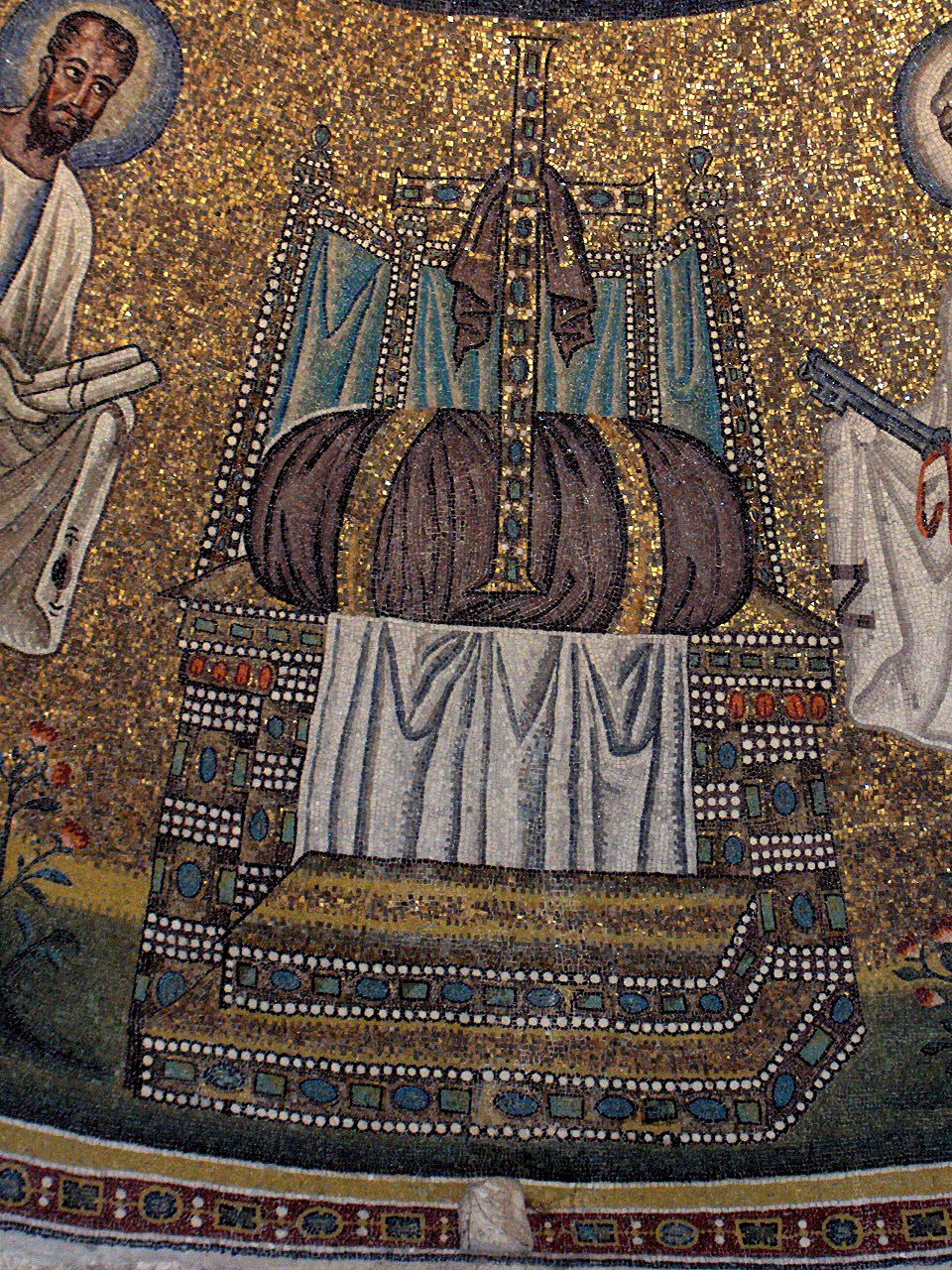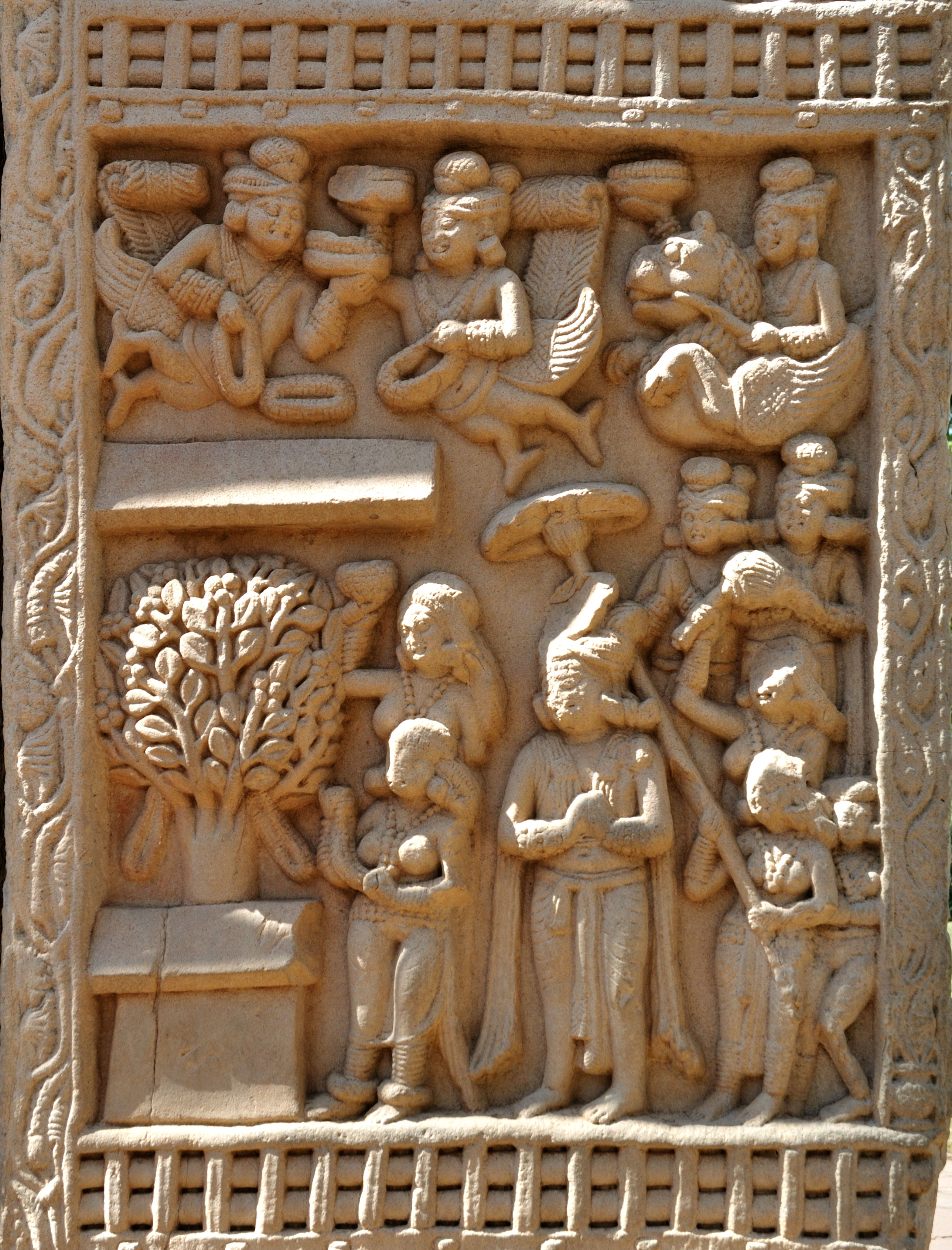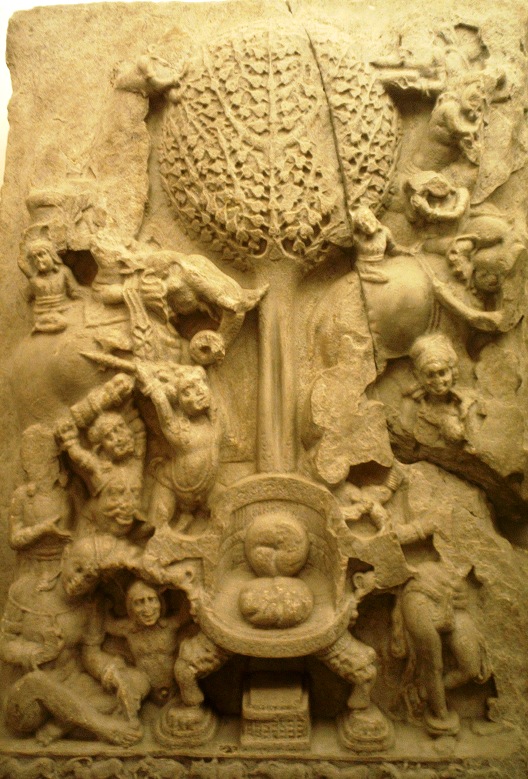|
Hetoimasia
The Hetoimasia, Etimasia (Greek ἑτοιμασία, "preparation"), prepared throne, Preparation of the Throne, ready throne or Throne of the Second Coming is the Christian version of the symbolic subject of the empty throne found in the art of the ancient world, whose meaning has changed over the centuries. In Ancient Greece it represented Zeus, chief of the gods, and in early Buddhist art it represented the Buddha. In Early Christian art and Early Medieval art it is found in both the East and Western churches, and represents either Christ, or sometimes God the Father as part of the Trinity. In the Middle Byzantine period, from about 1000, it came to represent more specifically the throne prepared for the Second Coming of Christ, a meaning it has retained in Eastern Orthodox art to the present. The motif consists of an empty throne and various other symbolic objects, in later depictions surrounded when space allows by angels paying homage. It is usually placed centrally in ... [...More Info...] [...Related Items...] OR: [Wikipedia] [Google] [Baidu] |
Aniconism In Buddhism
__NOTOC__ Since the beginning of the serious study of the history of Buddhist art in the 1890s, the earliest phase, lasting until the 1st century CE, has been described as aniconic; the Gautama Buddha, Buddha was only represented through symbols such as an Hetoimasia, empty throne, Bodhi tree, a riderless horse with a parasol floating above an empty space (at Sanchi), Buddha footprint, Buddha's footprints, and the dharma wheel. This aniconism is relation to the image of the Buddha could be in conformity with an ancient Buddhist prohibition against showing the Buddha himself in human form, known from the ''Sarvastivada vinaya'' (rules of the early Buddhist school of the Sarvastivada):"Since it is not permitted to make an image of the Buddha's body, I pray that the Buddha will grant that I can make an image of the attendant Bodhisattva. Is that acceptable?" The Buddha answered: "You may make an image of the Bodhisattava".Although there is still some debate, the first anthropomorphic ... [...More Info...] [...Related Items...] OR: [Wikipedia] [Google] [Baidu] |
Aniconism
Aniconism is the absence of artistic representations (''icons'') of the natural and supernatural worlds, or it is the absence of representations of certain figures in religions. It is a feature of various cultures, particularly of cultures which are based on monotheistic Abrahamic religions. The prohibition of material representations may only extend from God and other supernatural beings to saint-like characters, or it may extend to material representations of all living beings, and material representations of everything that exists. The phenomenon is generally codified by religious traditions and as such, it becomes a taboo. When it is enforced by the physical destruction of images, aniconism becomes iconoclasm. Aniconism has been a historical phase in both Buddhism and Christianity, and even though it is much less of an issue today, the attitudes towards religious imagery show considerable variability between different traditions, denominations, and strands within each religio ... [...More Info...] [...Related Items...] OR: [Wikipedia] [Google] [Baidu] |
Throne
A throne is the seat of state of a potentate or dignitary, especially the seat occupied by a sovereign on state occasions; or the seat occupied by a pope or bishop on ceremonial occasions. "Throne" in an abstract sense can also refer to the monarchy or the Crown itself, an instance of metonymy, and is also used in many expressions such as " the power behind the throne". Since the early advanced cultures, a throne has been known as a symbol of divine and secular rule and the establishment of a throne as a defining sign of the claim to power and authority. It can be with a high backrest and feature heraldic animals or other decorations as adornment and as a sign of power and strength. A throne can be placed underneath a canopy or baldachin. The throne can stand on steps or a dais and is thus always elevated. The expression "ascend (mount) the throne" takes its meaning from the steps leading up to the dais or platform, on which the throne is placed, being formerly comprised in the w ... [...More Info...] [...Related Items...] OR: [Wikipedia] [Google] [Baidu] |
Parasol
An umbrella or parasol is a folding canopy supported by wooden or metal ribs that is usually mounted on a wooden, metal, or plastic pole. It is designed to protect a person against rain or sunlight. The term ''umbrella'' is traditionally used when protecting oneself from rain, with ''parasol'' used when protecting oneself from sunlight, though the terms continue to be used interchangeably. Often the difference is the material used for the canopy; some parasols are not waterproof, and some umbrellas are transparent. Umbrella canopies may be made of fabric or flexible plastic. There are also combinations of parasol and umbrella that are called ''en-tout-cas'' (French for "in any case"). Umbrellas and parasols are primarily hand-held portable devices sized for personal use. The largest hand-portable umbrellas are golf umbrellas. Umbrellas can be divided into two categories: fully collapsible umbrellas, in which the metal pole supporting the canopy retracts, making the umbrella sm ... [...More Info...] [...Related Items...] OR: [Wikipedia] [Google] [Baidu] |



.png)